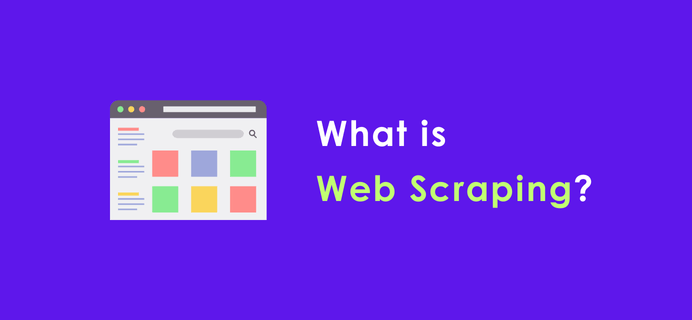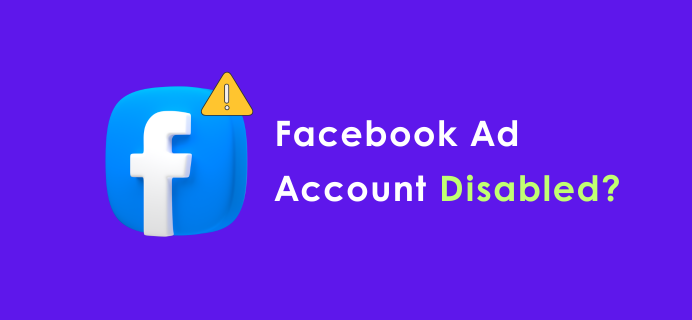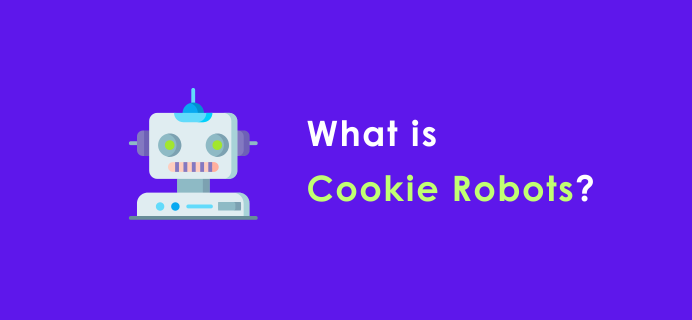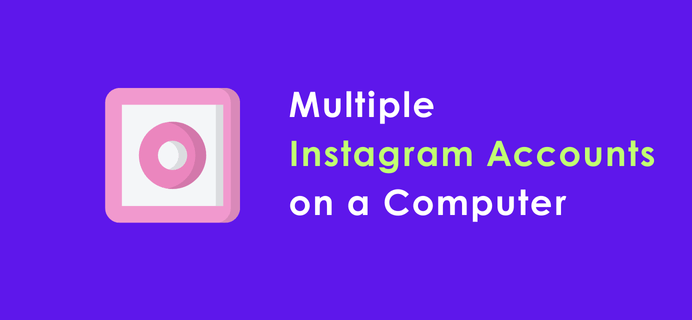
What is Web Scraping?
Web scraping, also known as web crawling or web data extraction, is a technique used to automatically extract data from websites. By simulating human browsing behavior, web scraping tools can access web pages, parse their content, and extract the desired information. This information can include text, images, links, table data, and more.
Applications of Web Scraping
Web scraping technology is widely used in various fields, including but not limited to:
Market Research: Businesses can scrape competitor websites to analyze product prices, market trends, and consumer feedback.
Data Aggregation: News aggregation sites use web scraping to collect articles from multiple sources, providing users with comprehensive news coverage.
Academic Research: Researchers can scrape academic websites to gather research papers and data in their field of study.
SEO Optimization: SEO experts use web scraping tools to analyze search engine rankings and website structures, optimizing content accordingly.
How Web Scraping Works
The web scraping process typically involves the following steps:
Sending Requests: The scraping tool sends an HTTP request to the target website to retrieve the HTML content of the page.
Parsing Content: The tool parses the HTML document to extract the required data. Common parsing techniques include regular expressions, XPath, and CSS selectors.
Data Extraction: Useful information such as text, links, and images is extracted from the parsed HTML.
Storing Data: The extracted data is stored in databases, CSV files, or other storage mediums for further analysis and use.
Challenges and Solutions in Web Scraping
Despite its power, web scraping comes with several challenges:
Anti-Scraping Mechanisms: Many websites implement anti-scraping measures, such as IP blocking and CAPTCHAs, to prevent massive data extraction. Tools like Whoer can help identify and switch IP addresses to avoid being blocked.
Dynamic Content: Some websites use JavaScript to dynamically load content, which traditional scraping tools struggle to handle. Tools like Selenium, which support JavaScript rendering, can be used in such cases.
Legal and Ethical Issues: When performing web scraping, it is essential to comply with relevant laws and website terms of service, respecting data privacy and copyright.
Conclusion
Web scraping is a powerful technology that enables us to extract valuable information from vast amounts of online data. However, it is important to consider the technical challenges and legal/ethical implications when using this technology. By employing the right tools and methods, we can perform web scraping efficiently and legally, providing data support for various applications.
If you have more questions about web scraping or need related tools, visit the Whoer website to learn more and use our IP detection tools to ensure your scraping activities run smoothly.




What is Web Scraping?
Web scraping, also known as web crawling or web data extraction, is a technique used to automatically extract data from websites. By simulating human browsing behavior, web scraping tools can access web pages, parse their content, and extract the desired information. This information can include text, images, links, table data, and more.
Applications of Web Scraping
Web scraping technology is widely used in various fields, including but not limited to:
Market Research: Businesses can scrape competitor websites to analyze product prices, market trends, and consumer feedback.
Data Aggregation: News aggregation sites use web scraping to collect articles from multiple sources, providing users with comprehensive news coverage.
Academic Research: Researchers can scrape academic websites to gather research papers and data in their field of study.
SEO Optimization: SEO experts use web scraping tools to analyze search engine rankings and website structures, optimizing content accordingly.
How Web Scraping Works
The web scraping process typically involves the following steps:
Sending Requests: The scraping tool sends an HTTP request to the target website to retrieve the HTML content of the page.
Parsing Content: The tool parses the HTML document to extract the required data. Common parsing techniques include regular expressions, XPath, and CSS selectors.
Data Extraction: Useful information such as text, links, and images is extracted from the parsed HTML.
Storing Data: The extracted data is stored in databases, CSV files, or other storage mediums for further analysis and use.
Challenges and Solutions in Web Scraping
Despite its power, web scraping comes with several challenges:
Anti-Scraping Mechanisms: Many websites implement anti-scraping measures, such as IP blocking and CAPTCHAs, to prevent massive data extraction. Tools like Whoer can help identify and switch IP addresses to avoid being blocked.
Dynamic Content: Some websites use JavaScript to dynamically load content, which traditional scraping tools struggle to handle. Tools like Selenium, which support JavaScript rendering, can be used in such cases.
Legal and Ethical Issues: When performing web scraping, it is essential to comply with relevant laws and website terms of service, respecting data privacy and copyright.
Conclusion
Web scraping is a powerful technology that enables us to extract valuable information from vast amounts of online data. However, it is important to consider the technical challenges and legal/ethical implications when using this technology. By employing the right tools and methods, we can perform web scraping efficiently and legally, providing data support for various applications.
If you have more questions about web scraping or need related tools, visit the Whoer website to learn more and use our IP detection tools to ensure your scraping activities run smoothly.


